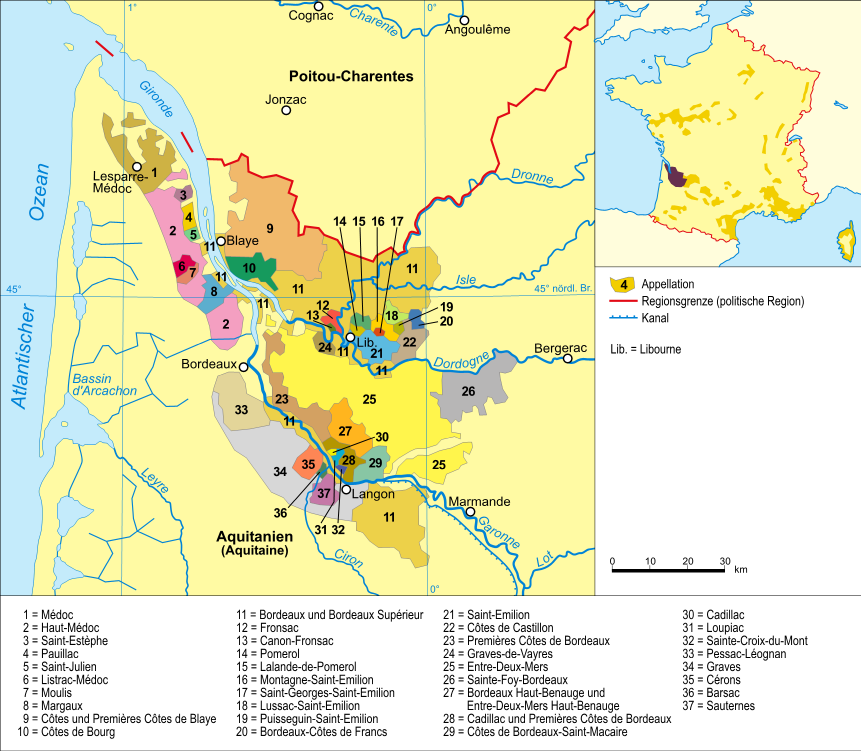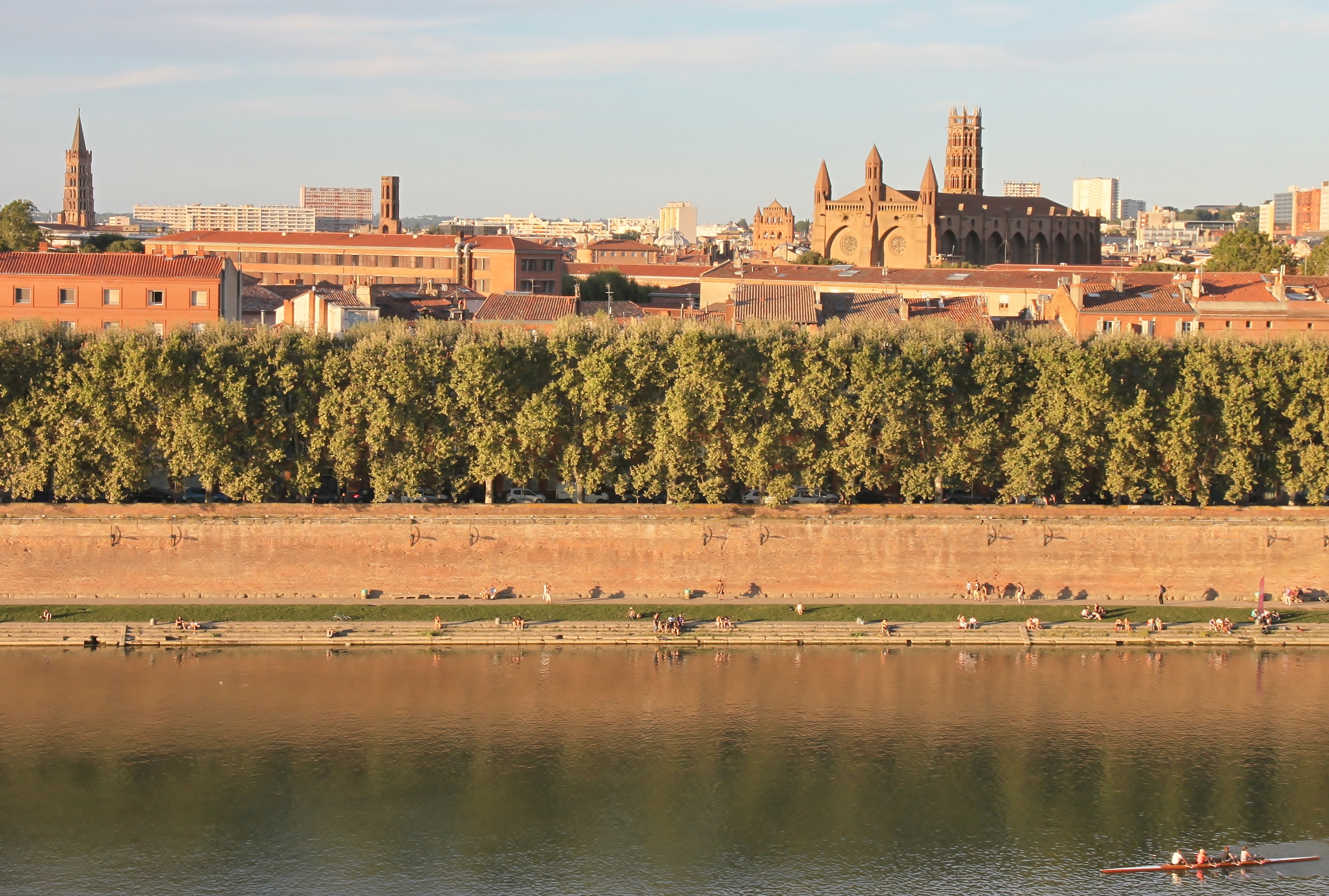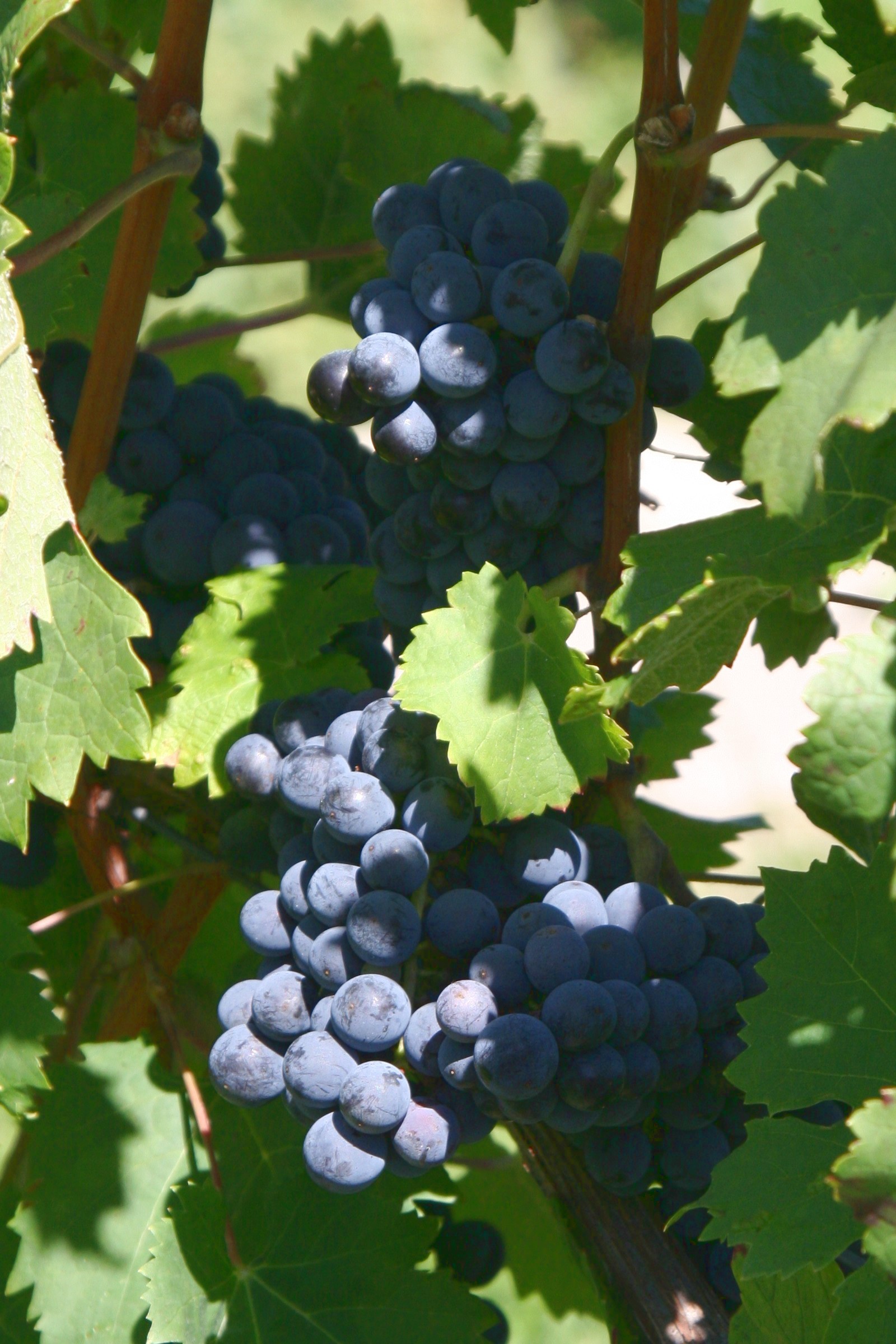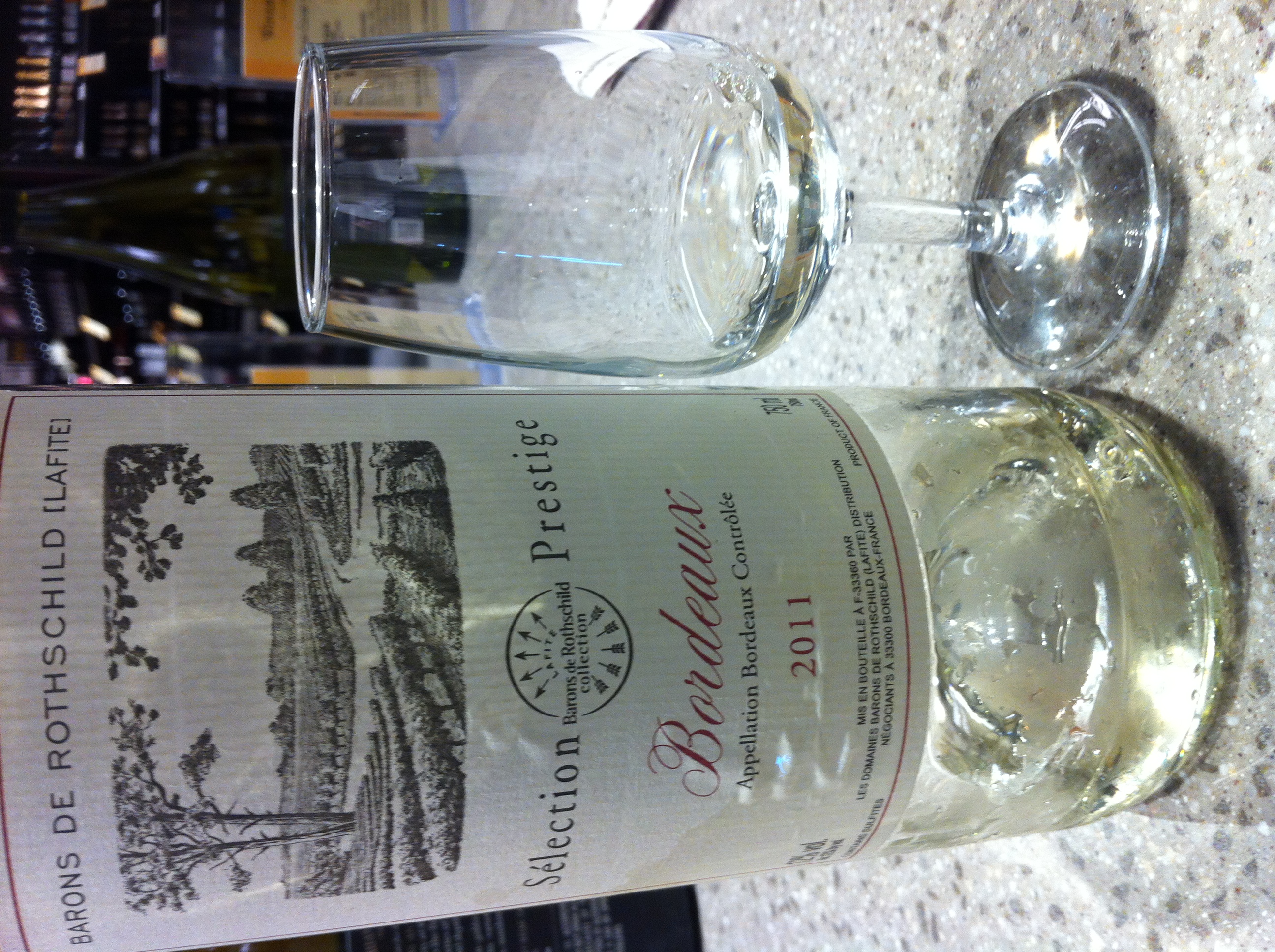|
Lalande-de-Pomerol AOC
Lalande-de-Pomerol () is an ''Appellation d'Origine Contrôlée'' (AOC) for red wine situated in the Bordeaux wine region. The appellation is located on the right bank of the Garonne and Dordogne rivers. Born in 1936, the Lalande de Pomerol appellation is located just north of the appellation of Pomerol, across the meandering Barbanne stream. The two main villages of the appellation are Lalande-de-Pomerol and Néac. Terroir The terroir of Lalande-de-Pomerol is quite varied. The estates of Néac feature clay and gravelly soil more commonly seen in neighboring Pomerol, while the estates of Lalande lie on sandier soil. Winemaking The wines of Lalande-de-Pomerol are made predominantly of Merlot, but may also contain Cabernet Franc, Cabernet Sauvignon, and Malbec. Robert Parker''Bordeaux''p. 1121. The 1990s and 2000s saw a number of new owners of wine estates in Lalande-de-Pomerol, many of whom have made significant investments in the properties that have improved the quality. Wine ... [...More Info...] [...Related Items...] OR: [Wikipedia] [Google] [Baidu] |
Appellation D'Origine Contrôlée
In France, the ''appellation d'origine contrôlée'' (, ; abbr. AOC ) is a label that identifies an agricultural product whose stages of production and processing are carried out in a defined geographical area – the ''terroir'' – and using recognized and traditional know-how. The specificity of an AOC product is determined by the combination of a physical and biological environment with established production techniques transmitted within a human community. Together, these give the product its distinctive qualities. The defining technical and geographic factors are set forth in standards for each product, including wines, cheeses and meats. Other countries and the European Union have similar labeling systems. The European Union's protected designation of origin (PDO and PGI) system has harmonized the protection of all geographical indications and their registration. When labelling wine however, producers may still use recognized traditional terms like AOC, and are not requ ... [...More Info...] [...Related Items...] OR: [Wikipedia] [Google] [Baidu] |
Bordeaux Wine
Bordeaux wine (; ) is produced in the Bordeaux region of southwest France, around the city of Bordeaux, on the Garonne River. To the north of the city, the Dordogne River joins the Garonne forming the broad estuary called the Gironde; the Gironde department, with a total vineyard area of 110,800 hectares, is the second largest wine-growing area in France behind the Languedoc-Rousillon. Average vintages produce over 700 million bottles of wine, ranging from large quantities of daily table wine to some of the world's most expensive and prestigious wines. The vast majority of wine produced in Bordeaux is red (sometimes called "claret" in Britain), with sweet white wines (most notably Sauternes), dry whites, and (in much smaller quantities) rosé and sparkling wines ( Crémant de Bordeaux) collectively making up the remainder. Bordeaux wine is made by more than 5,660 producers or ''châteaux''. There are 65 appellations of Bordeaux wine. History Viticulture was introduce ... [...More Info...] [...Related Items...] OR: [Wikipedia] [Google] [Baidu] |
Garonne
The Garonne ( , ; Catalan language, Catalan, Basque language, Basque and , ; or ) is a river that flows in southwest France and northern Spain. It flows from the central Spanish Pyrenees to the Gironde estuary at the French port of Bordeaux – a length of , of which is in Spain (Val d'Aran);Le bassin versant de la Garonne Syndicat Mixte d'Études & d'Aménagement de la Garonne the total length extends to if one includes the Gironde estuary between the river and the sea. Its basin area is , which increases to if the Dordogne (river), Dordogne River, which flows from the east and joins the Garonne at Bec d'Ambès to form the Gironde estuary, is included. Umayyad and Duchy of Aquitaine , Aquitanian forces fought the Battle of the River Garonne in 732 beside the river near present-day ... [...More Info...] [...Related Items...] OR: [Wikipedia] [Google] [Baidu] |
Dordogne
Dordogne ( , or ; ; ) is a large rural departments of France, department in south west France, with its Prefectures in France, prefecture in Périgueux. Located in the Nouvelle-Aquitaine region roughly half-way between the Loire Valley and the Pyrenees, it is named after the river Dordogne (river), Dordogne, which runs through it. It corresponds roughly to the ancient county of Périgord. In January 2023, Dordogne had a population of 412,807. History The county of Périgord dates back to when the area was inhabited by ancient celtic Gauls, Gaulish tribes. It was originally home to four tribes, and since "four tribes" in the Gaulish language is "Petrocore", the area eventually became known as the county of Le Périgord. Its inhabitants became known as the Périgordins (or Périgourdins), and there are four Périgords in the Dordogne. * Périgord Vert (Green Périgord), with its main town of Nontron, consists of verdant valleys in a region crossed by many rivers and streams ... [...More Info...] [...Related Items...] OR: [Wikipedia] [Google] [Baidu] |
Pomerol
Pomerol (; ) is a commune in the Gironde department in Nouvelle-Aquitaine near Bordeaux in southwestern France. Wine With only , Pomerol is the smallest wine producing area in the Bordeaux region. It is more a community where the vineyards are family-shared. The mostly small-sized producers in the area produce red wines. As in the neighbouring appellation of Saint-Émilion, the predominant grape variety is Merlot, often with Cabernet Franc and smaller quantities of Cabernet Sauvignon. Unlike other Bordeaux regions, Pomerol has no official wine ranking or classification. However, wines like Château Pétrus and Château Le Pin are priced as high as the classified first growths of the Pauillac and Saint-Émilion such as Château Ausone and Château Cheval Blanc. The next-door and slightly larger "satellite" appellation of Lalande-de-Pomerol produces similar wines which are shorter-lived and less expensive. Population See also *French wine *Bordeaux wine * Plan Bordea ... [...More Info...] [...Related Items...] OR: [Wikipedia] [Google] [Baidu] |
Lalande-de-Pomerol
Lalande-de-Pomerol (, literally ''Lalande of Pomerol'') is a Communes of France, commune in the Gironde Departments of France, department in Nouvelle-Aquitaine in southwestern France, that produces red wine. Population See also * Communes of the Gironde department References Communes of Gironde {{Libourne-geo-stub ... [...More Info...] [...Related Items...] OR: [Wikipedia] [Google] [Baidu] |
Merlot
Merlot ( ) is a dark-blue-colored wine grape variety that is used as both a blending grape and for varietal wines. The name ''Merlot'' is thought to be a diminutive of , the French name for the blackbird, probably a reference to the color of the grape. Its softness and "fleshiness", combined with its earlier ripening, make Merlot a popular grape for blending with the sterner, later-ripening Cabernet Sauvignon, which tends to be higher in tannin. Along with Cabernet Sauvignon, Cabernet Franc, Malbec, and Petit Verdot, Merlot is one of the primary grapes used in Bordeaux wine, and it is the most widely planted grape in the Bordeaux wine regions. Merlot is also one of the most popular red wine varietals in many markets. This flexibility has helped to make it one of the world's most planted grape varieties. As of 2004, Merlot was estimated to be the third most grown variety at globally.J. Robinson (ed) ''The Oxford Companion to Wine'' Third Edition, Oxford University P ... [...More Info...] [...Related Items...] OR: [Wikipedia] [Google] [Baidu] |
Cabernet Franc
Cabernet Franc is one of the major black grape varieties worldwide. It is principally grown for blending with Cabernet Sauvignon and Merlot in the Bordeaux (wine), Bordeaux style, but can also be vinified alone, as in the Loire (wine), Loire's Chinon wine, Chinon. In addition to being used in blends and produced as a varietal in Canada (wine), Canada, Lake Erie AVA, Lake Erie AVA in Pennsylvania, and across the United States (wine), United States and Argentina, it is sometimes made into ice wine in those regions. Cabernet Franc is lighter than Cabernet Sauvignon, making a bright pale red wine that contributes finesse and lends a Black pepper, peppery perfume to blends with more robust grapes. Depending on the growing region and style of wine, additional Aromas (wine), aromas can include tobacco, raspberry, bell pepper, Blackcurrant, cassis, and Viola (plant), violets. Records of Cabernet Franc in Bordeaux go back to the end of the 18th century, although it was planted in Loire ... [...More Info...] [...Related Items...] OR: [Wikipedia] [Google] [Baidu] |
Cabernet Sauvignon
Cabernet Sauvignon () is one of the world's most widely recognized red wine grape varieties. It is grown in nearly every major wine producing country among a diverse spectrum of climates from Australia and British Columbia, Canada to Lebanon's Beqaa Valley. This grape variety appeared in France in the 17th century as a result of natural crossbreeding. Its popularity is often attributed to its ease of cultivation—the grapes have thick skins and the vines are hardy and naturally low yielding, budding late to avoid frost and resistant to viticulture hazards. The classic profile of Cabernet Sauvignon tends to be full-bodied wines with high tannins and noticeable acidity that contributes to the wine's aging potential. In cool areas, it has flavors of blackcurrant and green pepper; in warmer places, it may taste like black cherry and olive; in very hot climates, it can have a jammy flavor. History and origins For many years, the origin of Cabernet Sauvignon was not cl ... [...More Info...] [...Related Items...] OR: [Wikipedia] [Google] [Baidu] |
Malbec
Malbec () is a purple grape variety used in making red wine. The grapes tend to have an inky dark color and robust tannins, and are known as one of the six grapes allowed in the blend of red Bordeaux wine. In France, plantations of Malbec are now found primarily in Cahors in South West France, though the grape is grown worldwide. It is also available as an Argentine varietal. The grape became less popular in Bordeaux after 1956 when frost killed off 75% of the crop. Despite Cahors being hit by the same frost, which devastated the vineyards, Malbec was replanted and continued to be popular in that area. Winemakers in the region frequently mixed Malbec with Merlot and Tannat to make dark, full-bodied wines, but have ventured into 100% Malbec varietal wines more recently.J. Robinson ''Vines, Grapes & Wines'' pg 198 & 204 Mitchell Beazley 1986 A popular but unconfirmed theory claims that Malbec is named after a Hungarian peasant who first spread the grape variety throughou ... [...More Info...] [...Related Items...] OR: [Wikipedia] [Google] [Baidu] |
Château Tournefeuille
Château Tournefeuille is a wine estate in Lalande-de-Pomerol, an appellation in Bordeaux near Pomerol and St. Emilion. Location Château Tournefeuille is located in the village of Néac in the commune of Lalande-de-Pomerol, approximately 7 km from the town of St. Emilion and 7 km from the town of Libourne. The château and chai are situated on a hill atop the valley of the Barbanne, a small river that separates Lalande-de-Pomerol from the more famous wine-producing appellation of Pomerol. Just on the other side of the Barbanne from Tournefeuille lies Château Pétrus, one of Bordeaux's best-known wine estates. The vineyard of Tournefeuille encompasses 18 hectares. History Wine has been produced from Tournefeuille's vineyards for over two hundred years. The presence of the vineyard is indicated on the 1785 Beyleme map. Tournefeuille was owned and run by the Sautarel family for several decades. In 1998, Tournefeuille was purchased by the childhood friends François Pe ... [...More Info...] [...Related Items...] OR: [Wikipedia] [Google] [Baidu] |
Bordeaux Wine Regions
The wine regions of Bordeaux in France are a large number of wine growing areas, differing widely in size and sometimes overlapping, which lie within the overarching wine region of Bordeaux, centred on the city of Bordeaux and covering the whole area of the Gironde department of Aquitaine. The Bordeaux region is naturally divided by the Gironde Estuary into a Left Bank area which includes the Médoc AOC, Médoc and Graves (wine region), Graves and a Right Bank area which includes the Libournais, Côtes de Bourg, Bourg and Blaye (wine), Blaye. The Médoc is itself divided into Haut-Médoc AOC, Haut-Médoc (the upstream or southern portion) and Bas-Médoc (the downstream or northern portion, often referred to simply as "Médoc"). There are various sub-regions within the Haut-Médoc, including Saint-Estèphe AOC, St-Estèphe, Pauillac AOC, Pauillac, Saint-Julien AOC, St.-Julien and Margaux AOC, Margaux and the less well known areas of AOC Moulis and Listrac. Graves includes the sub- ... [...More Info...] [...Related Items...] OR: [Wikipedia] [Google] [Baidu] |






